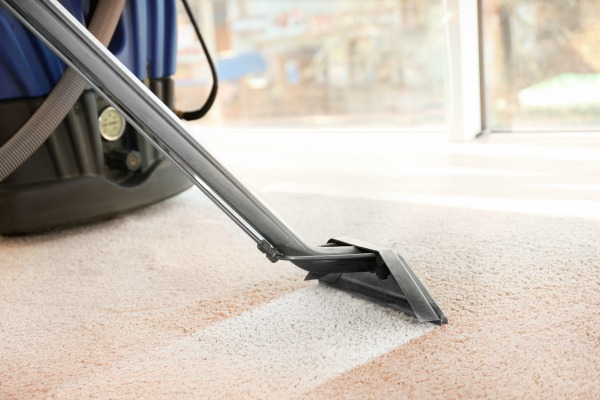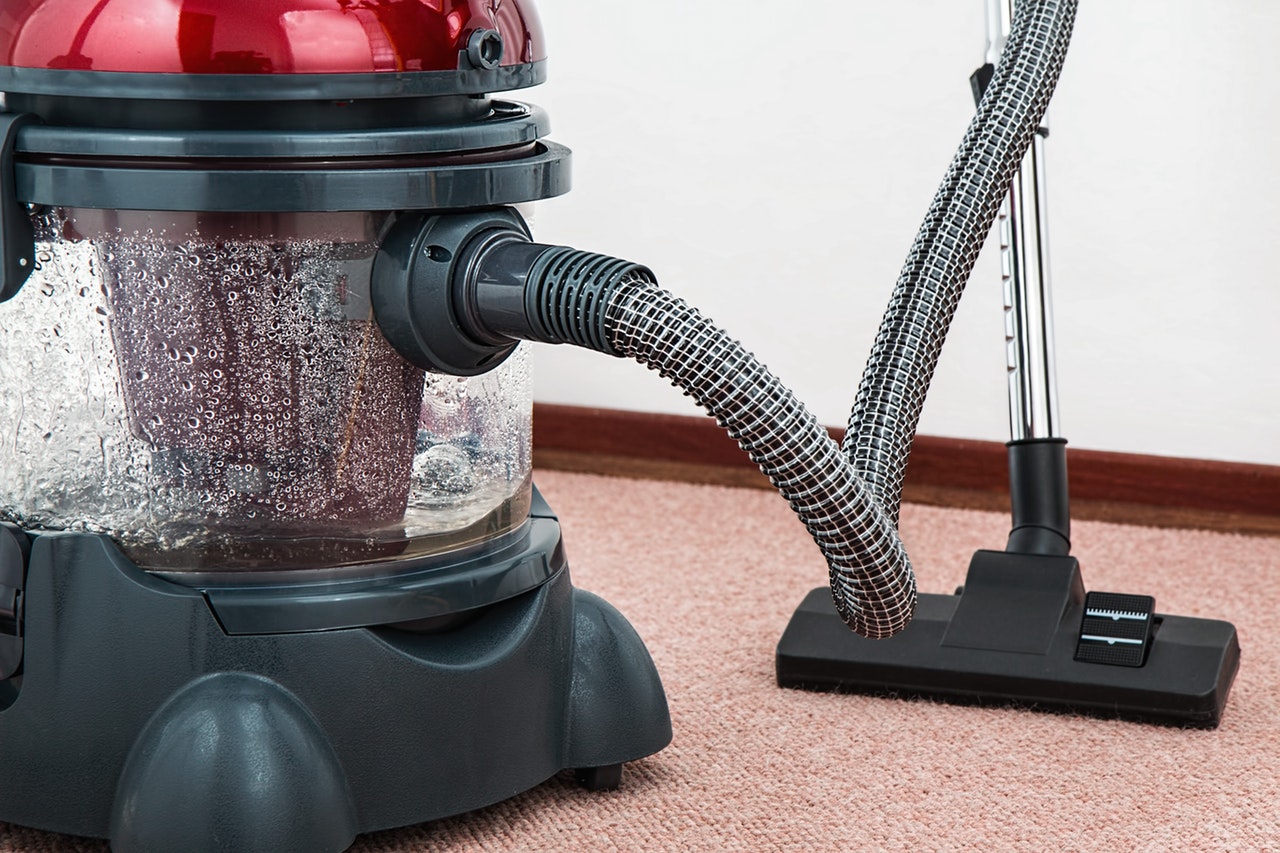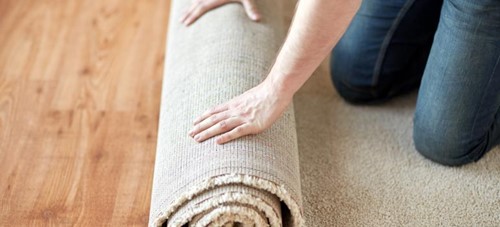Flooring Guide
The best floor for your home depends on a number of different factors, so we’ve put together a handy guide that will help you decide what may be best for your home.
Checklist
- Get samples of your top flooring choices. Most suppliers will give you samples free of charge. Bring them home and compare them side-by-side in the spaces they’re going to be installed. Look at different angles, lighting and times of day.
- Buy in one batch. Variations can occur from one batch to the next, so buy all the flooring you need at once. For example, carpet dye can be slightly different in separate batches and if they meet up on your floor, it may show.
- Measure properly to avoid mistakes. Read our guide here on how to measure flooring. Make sure you take into account any obstructions, angular areas, closets, etc. If you’re buying boxed products, buy 7-10% extra to allow for mistakes, bad samples and waste. Any additional material can be used for future repairs, additions, or turned into mats.
- Know your traffic patterns. Consider resilient flooring for common high-traffic areas such as entryways or areas that frequently have kids and pets.
- Be prepared. Before installing wood or laminate, unpack it and let it sit for a couple of days in the space it will be installed, so that its temperature and moisture adjusts to the levels in the room. This prevents any buckling or unsightly gaps between the boards. On the day of installation, make sure all furniture is moved out, all closet floors are clear and any electrical appliances are disconnected. Keep pets and children out of harm’s way.
What are your options?
Hardwood Flooring
Hardwood is available in many styles and installation formats, lasts longer than other flooring options and can be refinished several times.
- Unfinished flooring: gives you unlimited colour stain options but needs a professional as the flooring must be sanded and finished after installation.
- Prefinished flooring: gives you a factory-applied finish, but the colour options are not as varied.
- Solid or engineered flooring: has two or more layers of wood, a combination of hardwood and softwood.
Laminate
A laminate floor can mimic any look, from wood to stone, for less money and maintenance. Laminate is essentially a decorative image printed on thin sheets, with a plastic or resin layer bonded to a rigid core and backing material to prevent warping. The most popular location for laminate is in the kitchen, foyers and dining room.
Corkwood
Corkwood combines the beauty of hardwood, the durability of laminate, and the comfort of cork.Cork is environmentally friendly and is harvested from the bark of cork oak trees with no damage to the tree and has many unique characteristics: it’s a natural insulator, resistant to mould, bounces back from indentations from furniture,
Carpet
For warmth and softness, carpet is the best choice.
Carpet has two components: pile and backing. The pile (fibres) is subject to all the wear and tear so should be your key consideration. Backing is normally never seen but forms part of the overall quality. Carpet pile also has two variations: cut and loop. In cut-pile, the individual yarns stand straight up, while in loop-pile, the yarn loops into the backing.
When comparing different varieties, consider the density, pile height, and fibre type. Also take into consideration the best underlay you can afford as this makes a huge difference to the overall feel.
Vinyl
Vinyl floor coverings are durable and suitable for any room in the house. These are available as sheets or tiles, and are a popular choice for bathrooms, kitchens, laundry rooms, entryways and more.
Recommended Posts
5 Reasons Why You Should Seek Professional Carpet Cleaning
Some individuals may opt to undertake the activity by themselves as a way of cutting costs; others b...
Read More6 Dirty Secrets About Your Carpet
Walking on fresh, clean, plush carpet is a nostalgic feeling. It’s the reason we spend time and mo...
Read MoreHow to Measure Flooring
Firstly and most simply you can give us a call or drop us an email to take advantage of our free mea...
Read More1–2–3 Carpet Beetle Control
How to Control Carpet Beetles and Protect Carpet About Carpet Beetle Carpet beetle include Black Car...
Read MoreShould You Hire A Professional To Install New Flooring?
Should you install new flooring or use a professional? This article highlights everything you need t...
Read More



